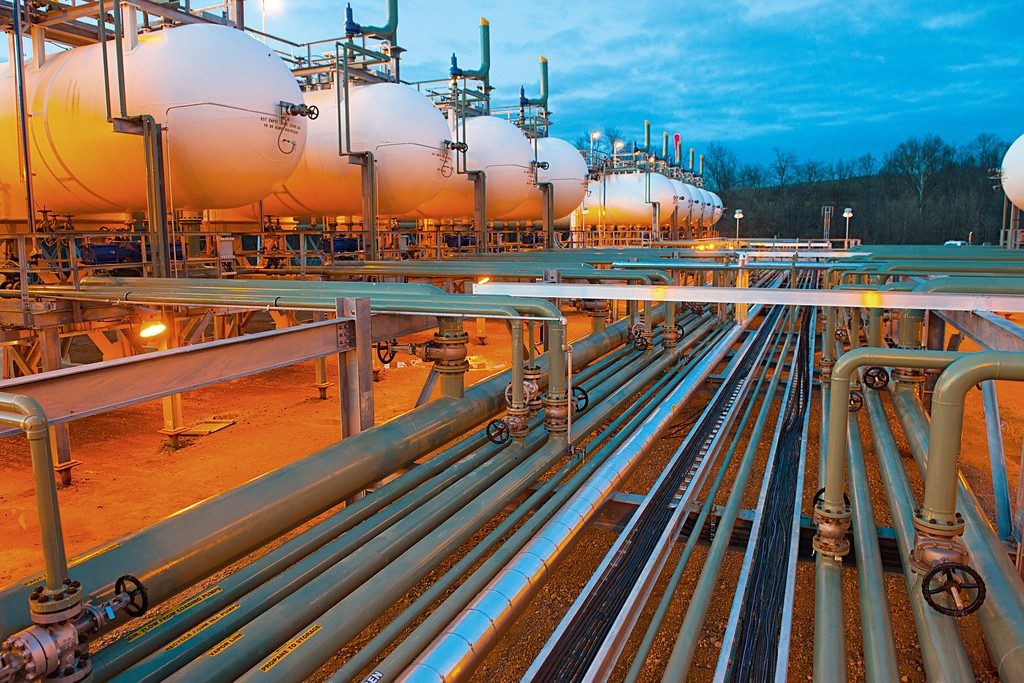
The cessation of Russian natural gas flows through Ukraine on January 1, 2024, has triggered a significant spike in European gas prices. Consequently, the Dutch TTF, a crucial benchmark, surged by over 4%, reaching €51 per megawatt-hour. This marks its highest level since October 2023. Although prices slightly eased afterward, the halt in Russian gas deliveries induced a volatile market response. The transit deal’s expiration exacerbated pressure on the already strained European energy market.
Cold Weather Amplifies Energy Supply Concerns
Furthermore, the timing of the gas flow stoppage coincided with a cold snap across northern Europe. This amplified the surge in gas prices. Freezing temperatures increased heating demand. This, in turn, rapidly depleted gas inventories. European gas storage levels, previously steady around 75% in mid-December, emptied at the fastest pace since 2021. The sudden loss of Russian gas, accounting for approximately 5% of EU imports, raises concerns about storage adequacy for the remainder of winter.
Price Volatility and Long-Term Implications for EU Economy
While the EU asserts no immediate energy crisis risk, the Russian gas suspension has increased vulnerability to market fluctuations. Gas prices have already risen 50% compared to last year. Further increases are likely. The EU must fill the gap with alternative supplies, like LNG. Rising energy prices could strain EU competitiveness. It could also increase the cost of living, especially if cold weather persists.
Central Europe Faces Heightened Risks
Central European countries, particularly Hungary and Slovakia, are most exposed to the Russian gas stoppage. These countries heavily relied on the Ukrainian gas transit route, accounting for 65% of their total gas demand in 2023. Though TurkStream provides an alternative, it is insufficient to replace the Ukrainian pipeline. The European Commission has proposed solutions, including gas redirection from Greece, Turkey, and Romania. However, these measures may not fully alleviate the pressure.
Refilling Storage Challenges and Rising Costs Ahead
Looking forward, the EU faces the challenge of replenishing gas storage levels for the next winter season. Notably, gas prices for summer 2024 are higher than those for winter 2025-26. Thus refilling storage could prove more costly. Experts warn that the EU could exit this winter with lower-than-anticipated gas reserves. Future restocking efforts could become financially burdensome. SuperMetalPrice sees this event as creating a highly volitile energy market for the EU.











Leave a Reply
You must be logged in to post a comment.